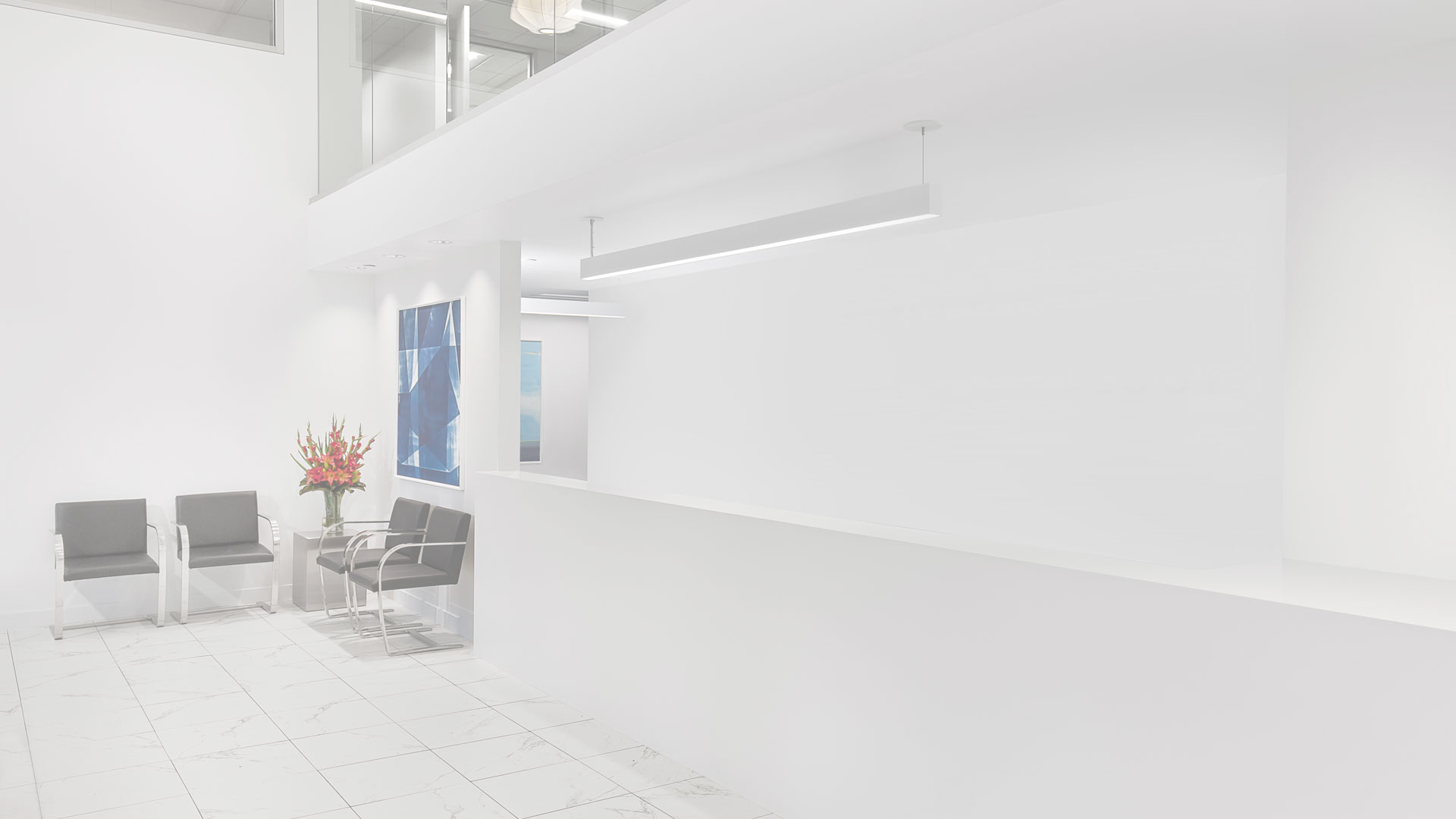
How to Pop a Pimple the Smart Way
by Adam Hurly for GQ
With advice from Dr. Pimple Popper, an actual person.
Every day, Sandra Lee—a.k.a., Dr. Pimple Popper—uploads a video to her YouTube channel. Millions of viewers watch as zits explode, cysts drain, and blackheads crawl out from inside pores. Visit this channel with extreme caution: You might experience rapid onset nausea, close the tab, and cancel your subscription to GQ. Or, like her obsessive followers, you might find it deeply therapeutic.
In each video, someone new comes in with a gnarly blockage and backstory, and you get to watch the extraction as Dr. Pimple Popper, aka dermatologist Sandra Lee, MD, narrates the procedure while keeping her patient calm and upbeat. Today, you’re in the patient’s chair, and Dr. Lee has tips on how to pop a pimple at home—we’re just talking acne, here—as well as how to know that a pimple or cyst requires professional attention.
First, Identify the Culprit
Before you go in for the kill, you need to know that some pimples just ain’t gonna pop. Aggravating the deep-seated ones will only make things worse. Dr. Lee says there are three different types of offenders, each requiring a specific approach. Get acquainted with this list so you don’t cause yourself any unnecessary inflammation, infection, or scarring.
- Comedones: blackheads and whiteheads, which indicate a clogged pore. In some scenarios, they can be squeezed.
- Pustules and Inflammatory Papules: a bubble-like white, raised bump, or a fiery red one. Caused by trapped bacteria in the skin; in some scenarios, they can be squeezed.
- Cysts and Nodules: the most painful, stubborn ones, buried deep in the skin. (You might know it as cystic acne.) They swell easily when pressed. Seek professional draining, since these are most likely to cause permanent scarring.
When to Pop, and When to Stop
If your pimple has a white or yellow head, it’s prime for the popping. “At that point, it is OK to extract because the bump is very superficial to the surface of the skin,” says Lee.
But your face isn’t ready until you’ve de-greased it first; your skin needs to be sterilized to avoid infecting the eventual lesion. After washing your hands, give your face a once-over with warm water and cleanser, then gently press a warm washcloth against the pimple for a few minutes. This will help open the pores, allowing easier excavation. Some of those blackheads will emerge effortlessly like little tendrils, and the whitest whiteheads will burst on impact. This is the moment Lee’s viewers live for: the sweet release.
If they aren’t exploding with minor force, however, then stop immediately. Lee says you may need to wait another day; however, if it’s painful upon contact, this is indication that you should visit a dermatologist. Your doctor may want to puncture the mass with a small incision (usually more necessary for cysts), or minimize it without opening the skin. “Dermatologists have treatment options that are not available to the public,” says Lee. “For example, if you have a new pimple that is still a painful bump under the skin surface, a dermatologist can inject the area with a low potency corticosteroid which can resolve the matter 24 hours.”
Once It Bursts, Treat It Quickly
You have a few precious moments after eruption to determine how fast your new face cavity closes up, or to prevent scarring altogether. Once the pus is drained, Lee says to apply a cold washcloth against the lesion. (Don’t keep squeezing once you see blood. Don’t faint, either…) Then, disinfect and dry out the lil’ crater with a spot-application of rubbing alcohol. Later—before bed, and in the days to follow—apply a spot treatment to the wound to help it properly heal. Conveniently, Dr. Pimple Popper has one available with a maximum-strength dose of salicylic acid, which helps calm and repair damage, while also thwarting any freshly forming flare-ups.
Take Your Pimple Popping to the Next Level, If You Dare
Dr. James Collyer, from Modern Dermatology in Seattle, suggests an alternate (and frightening) method: After washing the face, disinfect a sewing needle with a lighter. Use this to puncture any ready-to-rupture whiteheads and yellow heads—but nothing else—and then follow the same post-apocalypse advice above. But remember, this technique is for elite pimple poppers only.
Read Original Article
